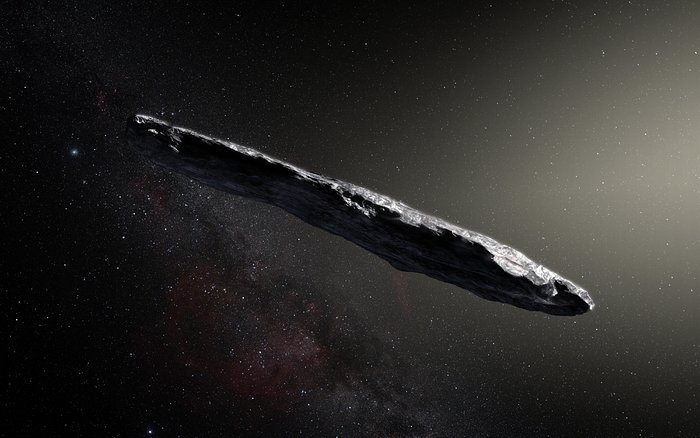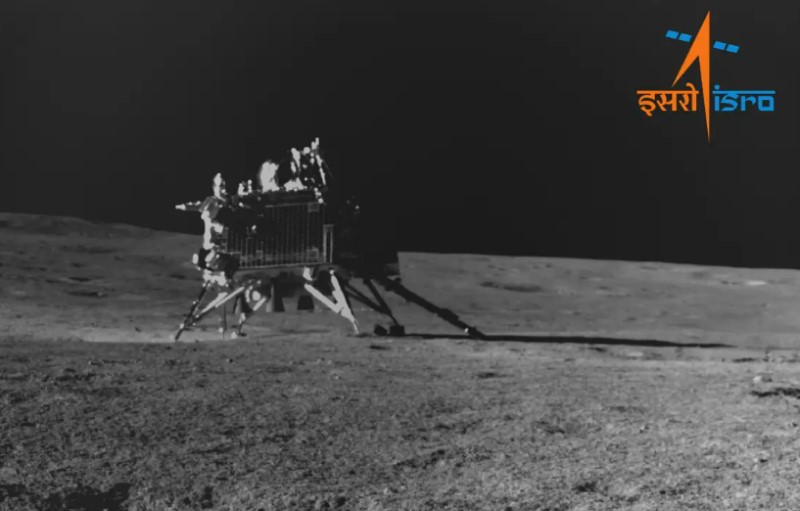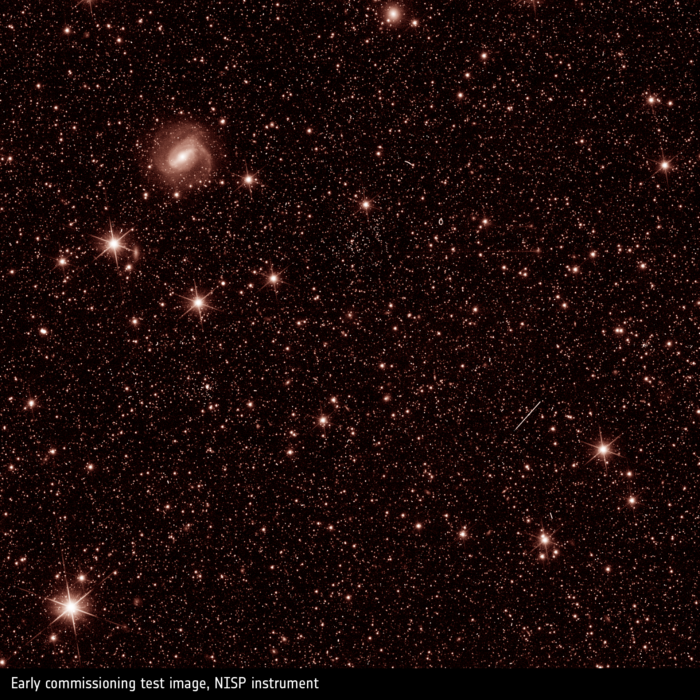It's Asteroid Week at OWLconnected! Okay, not really, but we do have a second straight story about space rocks, and we're guessing no one is complaining. Space rules!
Anyway, a couple weeks back, we introduced you to an asteroid then known as 2017 U1. This high-speed traveller was our solar system's first known interstellar visitor.
2017 U1 was moving so fast and arrived so unexpectedly, that scientists were scrambling to learn more about this fella before it was gone for good. And now they have. Let's discover together, shall we?
The scout

Oumuamua as seen by the William Herschel Telescope on October 28 (it's the dot in the middle!). (NASA; Alan Fitzsimmons (ARC, Queen's University Belfast), Isaac Newton Group)
So, introductions. World, meet Oumuamua (say uh MOO-ah MOO-ah). Oumuamua, world. Oumuamua is a Hawaiian word for scout or messenger. We can't think of a better word to describe this asteroid—the wandering product of an alien solar system.
This unique asteroid is reddish in colour, though still quite dark (it absorbs 96% of the light that falls on it). The colour suggests that it is full of organic, carbon-based materials. This is in line with the ideas of many scientists that the building blocks of life arrived on Earth thanks to thousands of asteroid collisions bringing organic material. In other words, though Oumuamua comes from far away, it is made of many of the same things as our own deep space asteroids.
Long and strange
Its shape, however, is something else entirely. Scientists haven't really seen a space rock like it! It is long and skinny—about 400 metres (1,300 feet) long—and kind of looks like a cigar. Why is it this shape? Can't really say for sure, but scientists still have a little time to learn more about the scout.
Oumuamua may be travelling a mind-boggling 38.3 kilometers per second (85,700 miles per hour), but it's still in our solar system for a while now. And even though it's taken a while for scientists to finally put their finger on one of these space invaders, experts estimate that there are probably 10,000 of these visitors out there right now. That's mucho Oumuamuas!
Learn more in the NASA video below.
 This artist’s impression shows the first interstellar asteroid... Oumuamua! (ESO/M. Kornmesser)
This artist’s impression shows the first interstellar asteroid... Oumuamua! (ESO/M. Kornmesser)










OUTTA THIS WORLD!!!!!!!!!!